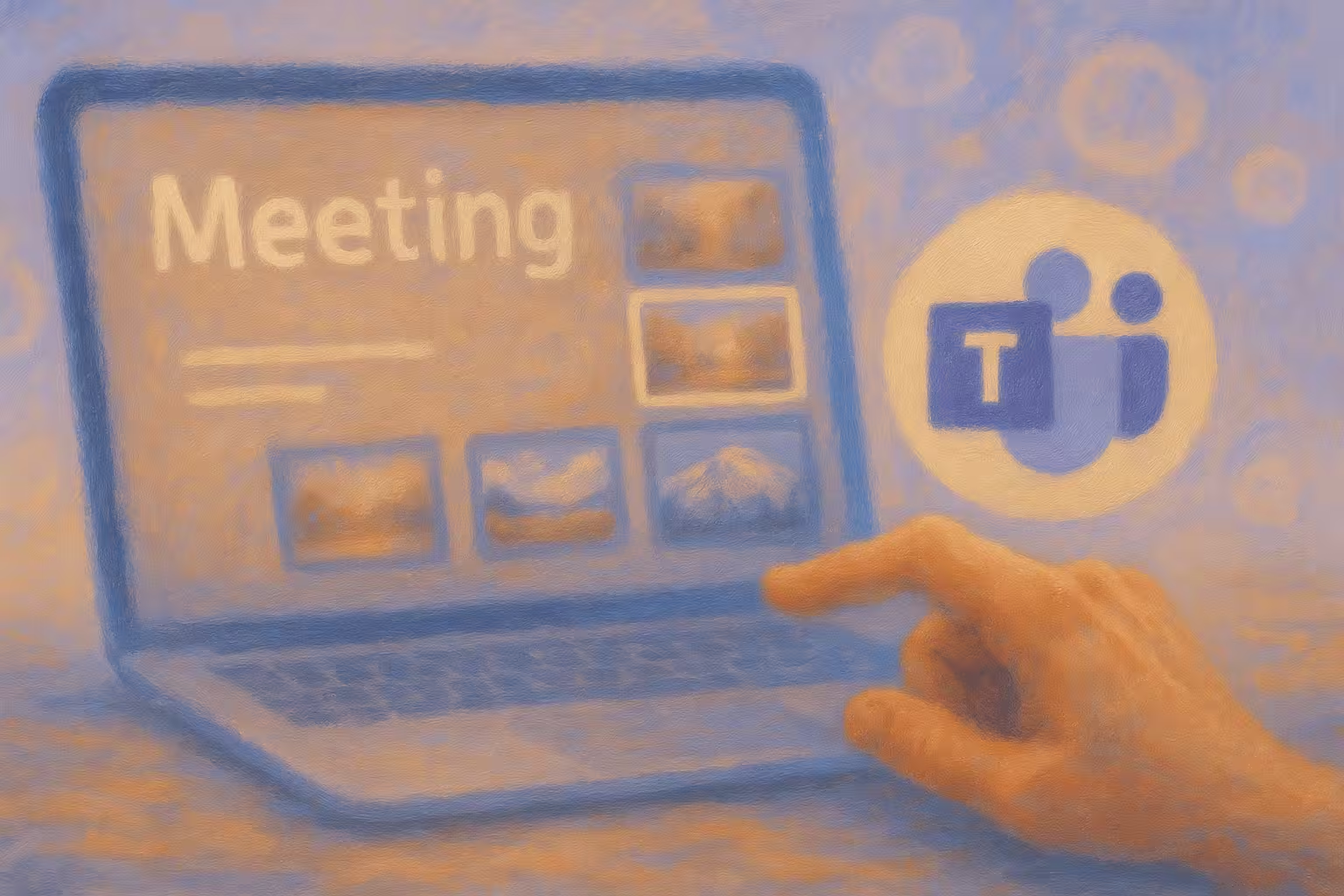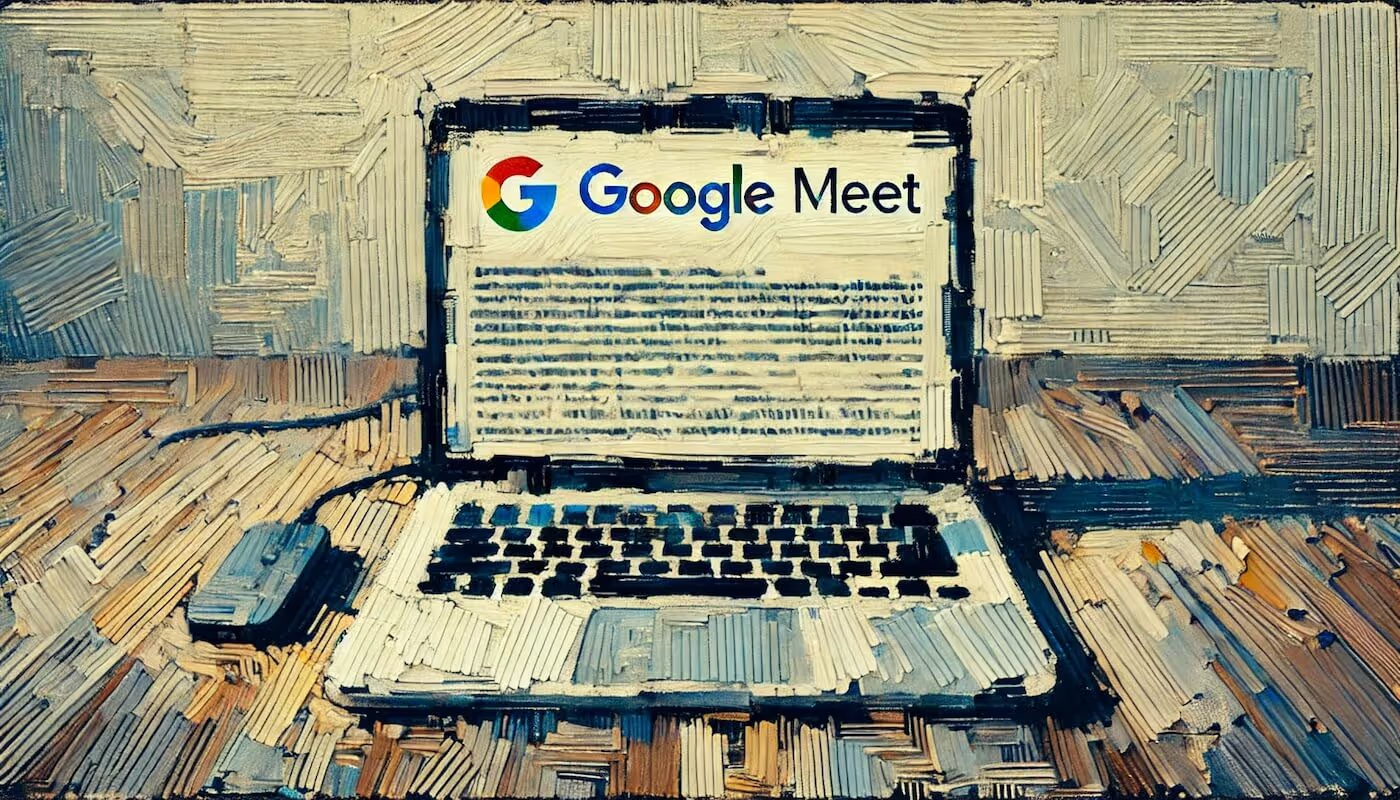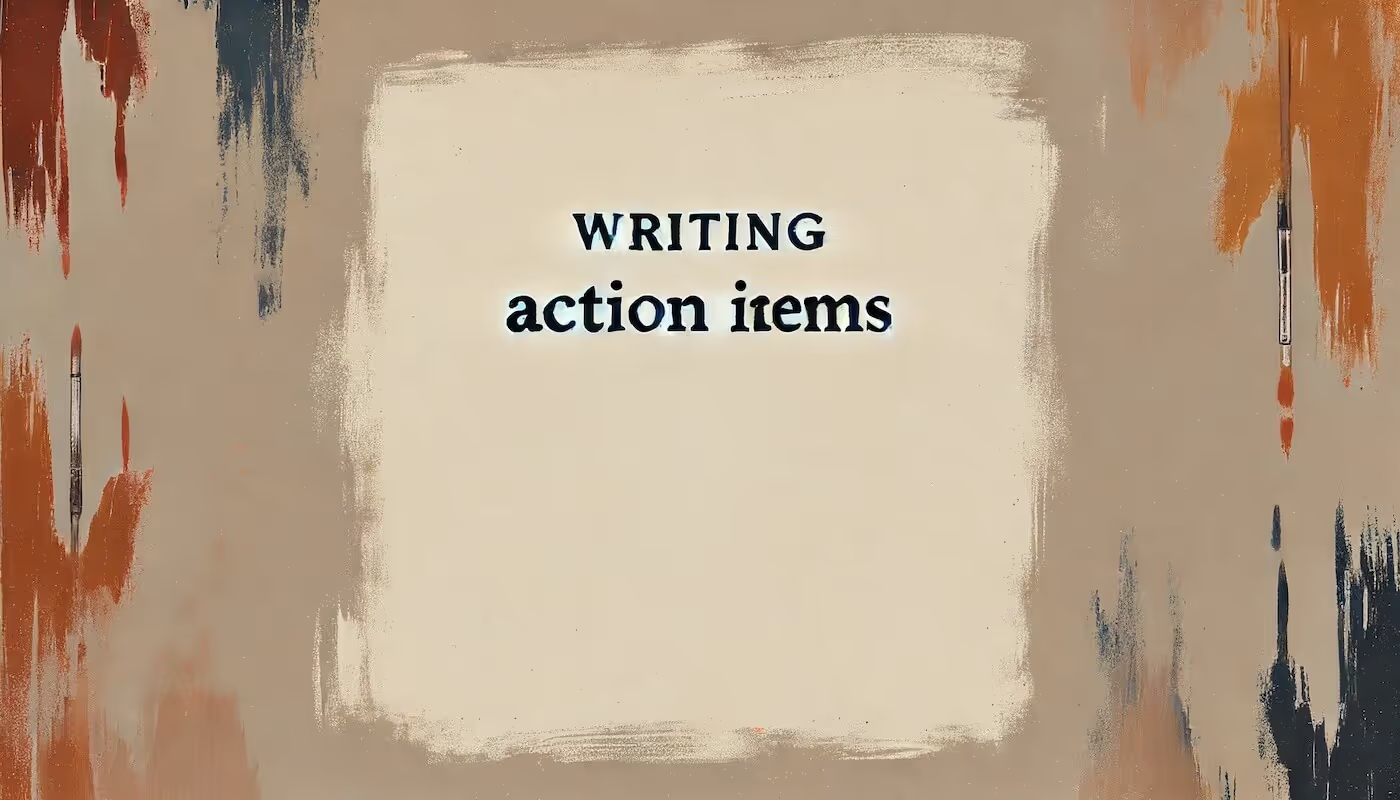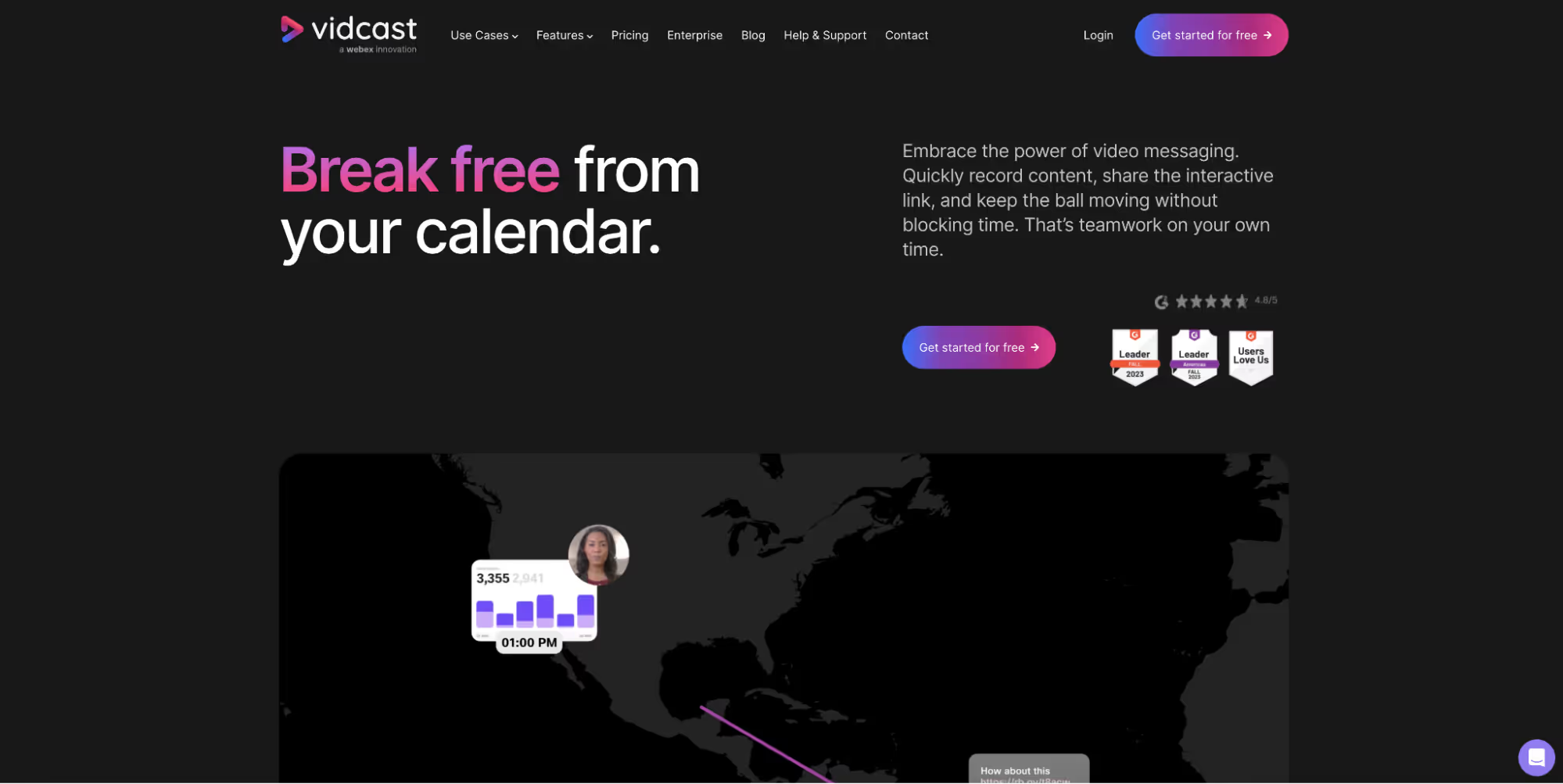
What is Groupthink: Prevention and Examples
Have you ever felt like your team's on auto-pilot? I personally have, but recently recognized the dangers of agreeing for the sake of it (groupthink), and the promience. If your answer is yes, then jump in and learn to identify these risky patterns and introduce tactics for avoiding.
Groupthink has been studied extensively in psychology, often being regarded as a significant contributor to bad decision-making processes within organizations, governments and even social groups. First coined by the psychologist Irving Janis, groupthink is effectively the tendency of a cohesive group to prioritize consensus and maintain a sense of unity over critical thinking and the consideration of dissenting opinions. In this article, we will explore everything groupthink, including its symptoms, and its consequences. We will also explore real-world examples of groupthink and discuss strategies to combat this detrimental occurrence and strive towards improved teamwork.
Understanding Groupthink: What Is It?
Before we cover the symptoms and examples of groupthink, it's essential to understand what groupthink is at its core. Groupthink is a psychological phenomenon that occurs within a group of people, leading to a deterioration of decision-making quality. In such situations, the desire for group harmony and consensus outweighs the need for alternative viewpoints and honest feedback.
Key Components of Groupthink:
1. Cohesiveness
Group cohesion, or the desire to maintain harmony within the group, is a significant factor in groupthink. Members may prioritize their social bonds over making the best decision.
2. Insulation
The group may become insulated from external viewpoints and information, leading to a limited perspective on the issue at hand, which can be specifically harmful in remote collaboration.
3. Leadership Style
The leadership style within the group is obviously critical here. A domineering leader who discourages opinions and/or dissent and constructive feedback can contribute to groupthink.
4. Time Pressure
Groupthink is more likely to occur under time pressure. For me, this is clear and obvious based on personal experiences. There may not be enough time for thorough enough discussion and brainstorming of alternatives.
Symptoms of Groupthink
Recognizing the symptoms of groupthink is crucial for preventing it, and its detrimental effects. Based on what I have experienced and read, here are some common indicators for you to understand when your clarity is going south:
1. Illusion of Invulnerability
Group members can definitely develop an inflated sense of their group's abilities. Just look at competitive teams, and even fanbases of these teams. Any fan will be overly biased towards the ability of the team and the individuals. With this though, it may underestimate potential risks or consequences.
2. Belief in the Inherent Morality of the Group
Members may develop a belief that their group is morally superior, leading to unethical decision-making in pursuit of the group's goals.
3. Rationalization of Decisions
Group members may engage in collective rationalization, where they downplay warning signs or ignore evidence that contradicts the group's chosen course of action. Often occurring in concurrence with homogeneity of mindsets, this indicates the danger of conformity.
4. Stereotyping Outsiders
Those outside the group may be viewed as enemies or as having inferior viewpoints, further isolating the group. This aligns with the prior point as a further danger of excessive group cohesiveness, which can be difficult to spot in remote work. In the Bubble below, and explanation of how and why it is crucial to avoid these occurrences is given.
5. Self-Censorship
Group members may withhold their dissenting opinions to avoid conflict or maintain group harmony, hence why it is so critical to bridge the communication gap and avoid excessive homogeneity.
6. Illusion of Unanimity
Linking to the previous point, silence may be interpreted as agreement, leading to a false consensus within the group.
7. Direct Pressure on Dissenters
Members who express dissenting opinions may face direct pressure or intimidation to conform. This is a restrictive, dangerous group dynamic; diversity must be encouraged.
Groupthink in Action: Real-Life Examples
To better understand the concept of groupthink and its consequences, let's explore a few historical examples:
1. Pearl Harbor Attack (1941)
In the lead-up to the Japanese attack on Pearl Harbor, there was a failure of intelligence sharing and analysis within the U.S. government. Groupthink contributed to the belief that Japan would not attack, despite warning signs. This led to a catastrophic surprise attack.
2. Cuban Missile Crisis (1962)
During this critical moment of the Cold War, advisors in President Kennedy's administration initially favored a military strike against Cuba. It took the courage of dissenters, such as Robert F. Kennedy, to challenge the consensus and explore diplomatic solutions.
3. Challenger Space Shuttle Disaster (1986)
The decision to launch the Challenger despite concerns about the O-rings in cold weather conditions is another tragic example of groupthink. Engineers who expressed dissenting opinions were largely ignored, leading to the fiasco.
Preventing Groupthink: Promoting Better Dialogue
Recognizing the symptoms of groupthink is essential, but it's equally important to take proactive steps to prevent it and promote better decision-making processes that guarantee effective communication. Here are some strategies:
1. Encourage Dissenting Opinions
Create an environment where team members feel safe expressing dissenting opinions. Encourage open dialogue and active listening through team building events open dialogue and active listening.
2. Assign a Devil's Advocate
Appoint someone within the group to challenge the prevailing consensus and present alternative viewpoints. While this can pose a threat to group cohesiveness, it helps prevent issues experienced by groups including the Abilene paradox.
3. Seek External Input
Actively seek external viewpoints and expertise to avoid insulation and tunnel vision. This will help counteract previously mentioned tendencies to stereotype outsiders.
4. Use Decision-Making Techniques
Implement decision-making techniques like brainstorming, SWOT analysis, and scenario planning to consider multiple perspectives.
5. Foster Diversity
Build diverse teams with members from different backgrounds and experiences to promote collaboration. At Bubbles, we have strong opinion on the effectivity of this approach, and our perspective is elaborated in the Bubble below.
6. Embrace Critical Thinking
Encourage critical thinking and a culture of questioning assumptions within the group.
7. Avoid Rushed Decisions
Whenever possible, avoid making decisions under extreme time pressure, as this can lead to hasty and ill-considered choices. This reinforces the importance of thorough sprint planning.
8. Avoid the Abilene paradox
this collective fallacy, mentioned in point 2, happens involves a group of people, where the collective agrees on a path of action that is counter to the preferences of most or all within the group.
Conclusion
Groupthink is a pervasive and dangerous phenomenon that can have far-reaching consequences in various contexts, from business to politics and beyond, as aforementioned. By understanding the symptoms of groupthink and learning from historical examples, we can work towards creating more open, diverse, and critically thinking groups, whether in business or elsewhere. Recognizing the importance of dissenting opinions and valuing critical thinking over conformity is key to avoiding the pitfalls of groupthink and making better decisions collectively. Ultimately, promoting a culture of dialogue and inclusivity is the antidote to groupthink's detrimental effects.
Make your
meetings matter
Loved and trusted by 100,000+ users:
- Automatically Record and Transcribe Meetings
- Extremely Accurate Notes, Summaries, and Action Items powered by AI
- Works with Zoom, Google Meet, and Microsoft Teams
- Save time and follow-up with quick async videos
Simply connect your work Google or Microsoft Calendar to get started.
Collaborate better with your team
Get your point across using screen, video, and audio messages. Bubbles is free, and offers unlimited recordings with a click of a button.
.avif)
Collaborate better with your team
Get your point across using screen, video, and audio messages. Bubbles is free, and offers unlimited recordings with a click of a button.
.avif)













.avif)